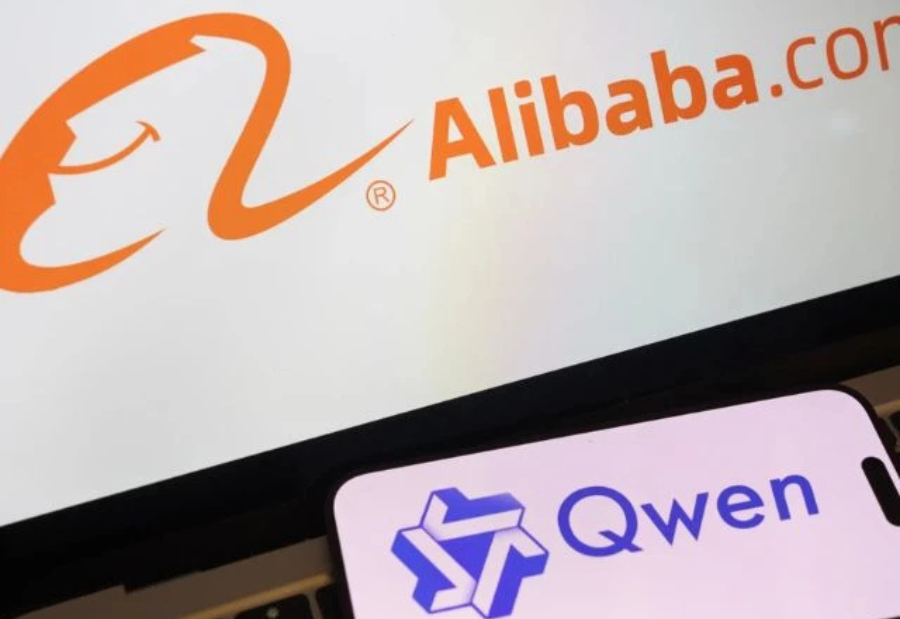The third generation of Alibaba Group Holding’s open-source Qwen3 series artificial intelligence (AI) model was released on Tuesday, boosting the stakes in the fiercely competitive Chinese and international AI markets. When compared to other AI models, such as DeepSeek-R1 and OpenAI’s o1, the Qwen3 series offers enhanced multilingual capabilities and quicker processing rates.
What is the Qwen3 series?
Alibaba’s cloud computing business claims that the Qwen3 range has eight models with performance enhancements ranging from 600 million to 235 billion parameters. For tasks like language comprehension, coding, and mathematical problem-solving, parameters—which are frequently seen as an indicator of an AI model’s complexity and capability—are crucial.
How do Qwen3 models compare to rivals?
“Notably, our smaller MoE model, Qwen3-30B-A3B, surpasses QwQ-32B, and even the compact Qwen3-4B rivals the performance of the much larger Qwen2.5-72B-Instruct,” the company added in a blog post on the launch.
Qwen3 introduces ‘hybrid reasoning’ capability
The Qwen3 series’ capacity for hybrid reasoning is one of its most notable qualities. Users can choose between a speedier “non-thinking” mode for simpler, faster replies and a slower, deeper “thinking” option for more difficult activities. This adaptability attempts to meet a range of user requirements, from light conversation to complex problem-solving.
DeepSeek-R1, on the other hand, mostly employs Chain-of-thinking (CoT) reasoning, in which the model produces a series of thinking stages or reasoning processes before to offering a definitive response.
36 trillion tokens from 119 languages and dialects were used to train the Qwen3 models, increasing the number of languages covered by Qwen2.5. It is anticipated that this extension would greatly improve the models’ comprehension and production of multilingual material.
Where and how to use Qwen3?
You may get the latest Qwen3 models from sites like Microsoft’s GitHub, Hugging Face, ModelScope, and Kaggle. Alibaba suggests utilizing frameworks like SGLang and vLLM for deployment, however customers who would like integrate locally can utilize tools like Ollama, LMStudio, MLX, llama.cpp, and KTransformers.
Global AI race
Qwen3’s debut coincides with a wave of fresh advancements in the field of artificial intelligence. DeepSeek’s R2 debut is also expected shortly, and Baidu just showed two updated versions.
Also read: Viksit Workforce for a Viksit Bharat
Do Follow: The Mainstream formerly known as CIO News LinkedIn Account | The Mainstream formerly known as CIO News Facebook | The Mainstream formerly known as CIO News Youtube | The Mainstream formerly known as CIO News Twitter |The Mainstream formerly known as CIO News Whatsapp Channel | The Mainstream formerly known as CIO News Instagram
About us:
The Mainstream formerly known as CIO News is a premier platform dedicated to delivering latest news, updates, and insights from the tech industry. With its strong foundation of intellectual property and thought leadership, the platform is well-positioned to stay ahead of the curve and lead conversations about how technology shapes our world. From its early days as CIO News to its rebranding as The Mainstream on November 28, 2024, it has been expanding its global reach, targeting key markets in the Middle East & Africa, ASEAN, the USA, and the UK. The Mainstream is a vision to put technology at the center of every conversation, inspiring professionals and organizations to embrace the future of tech.




